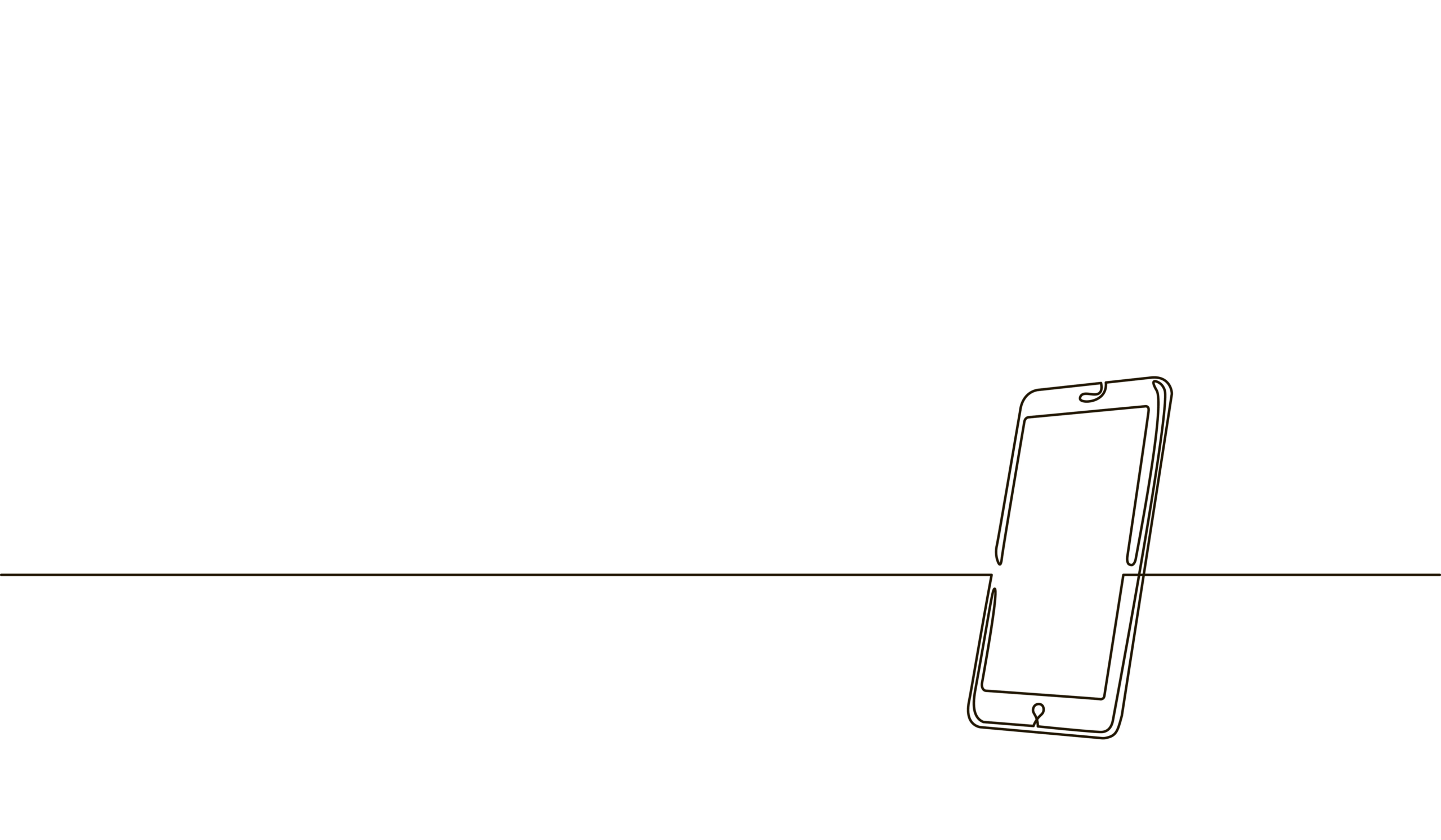It was hardly surprising to learn late last week that the Trump Justice Department had secretly seized the phone records of journalists as part of a leak investigation. More important now is the question of what President Biden’s Justice Department will do about it.
The seizures affected three reporters at the Washington Post. The conversations at issue covered a period in 2017 when the Post, The New York Times, and many others were actively reporting on possible connections between Russia and the Trump campaign; the so-called “toll” records showed who called whom, when, and for how long, though didn’t include any of the content. While the facts of the seizure remain murky, it’s clear that the DOJ delayed telling the journalists or the Post that it had seized the records until after it had done so.
Advance notice of toll-records requests is a crucial protection for newsgathering because it gives news organizations the ability to negotiate over the scope of the demand and possibly to challenge it in court. Delayed notification means that, whatever a judge might say, the Justice Department already has the material, and that bell can’t be unrung.
For exactly this reason, the Justice Department has a half-century-old set of internal guidelines that govern when and how prosecutors can gather information from the news media.
As amended over the years, the news media guidelines include a series of checks designed to limit federal interference in reporting, including that the attorney general personally approve most investigative actions involving journalists; that prosecutors make all reasonable attempts to secure evidence from non-media sources first; and, most importantly, that prosecutors notify reporters and news organizations when toll records are demanded from third-party communications providers.
In effect, the Trump Justice Department, in what appears to be the final months of the administration, secretly sought a snapshot revealing each person these journalists spoke to over the phone during more than three months in 2017.
During the Obama administration, a historic increase in leak prosecutions led to several incidents in which the Justice Department sought evidence from journalists. In 2013, it issued a subpoena for telephone toll records covering 20 phone lines at the Associated Press, without first notifying the AP. That subpoena was extraordinarily broad, sweeping in scads of records with no conceivable link to the underlying investigation.
Public backlash was quick and, following a review under then-Attorney General Eric Holder, the guidelines were amended in an important way. Under the previous version, the attorney general had to make an affirmative determination that advance notice would not impair an investigation before allowing prosecutors to tell the affected journalist or news organization. Holder “flipped” this presumption in favor of notice. That is, that the attorney general should provide notice unless it would pose a “clear and substantial threat to the integrity of the investigation,” “risk grave harm to national security,” or “present an imminent risk of death or serious bodily harm.”
As applied to the Post records demand, absent any explanation from Trump DOJ officials, it is difficult to see how any of those narrow exceptions could have reasonably applied. The records were, at the point of seizure, more than three years old—virtually ancient history in leaks land. How could notifying the reporters in advance of the seizure have led to any “imminent” threat to life or limb, be a “clear and substantial” threat to an investigation, or risk “grave harm” to national security?
I quote those words again because they were meant to be a high bar. If the presumption of notice is ignored every time a tough case comes along, the guidelines become meaningless.
The guidelines are arguably the most important protection for newsgathering and press freedom at the federal level, particularly given the lack of a nationwide shield law that limits when reporters can be forced to disclose their sources. Without the guidelines, federal investigators, particularly in leak cases, would have an incentive to investigate journalists first, rather than last, which would dramatically chill the flow of newsworthy information to the public.
Additionally, the risk to reporter-source confidentiality here is profound. In effect, the Trump Justice Department, in what appears to be the final months of the administration, secretly sought a snapshot revealing each person these journalists spoke to over the phone during more than three months in 2017. That’s not just the alleged source in the leak under investigation—that’s every source for three reporters who were digging into one of the most important political stories of the last administration. (It’s also worth noting that the DOJ received a court order for “non-content” email records as well but did not obtain them. And the “non-content” distinction in the leak context isn’t really relevant; as with toll records, knowing whom a reporter emailed is the game.)
At a minimum, we need to know what happened here, and we need to know fast. One of the odder aspects of this matter is that the process began in the waning days of the Trump presidency but has now landed at a Justice Department with new management. Under Attorney General Merrick Garland, DOJ leadership should review what happened, explain it publicly, and ensure that prosecutors hew to the presumption of advance notice in those very rare cases when their investigations lead them to consider subpoenas for journalists’ records.
Bruce D. Brown is the Executive Director of the Reporters Committee for Freedom of the Press.

